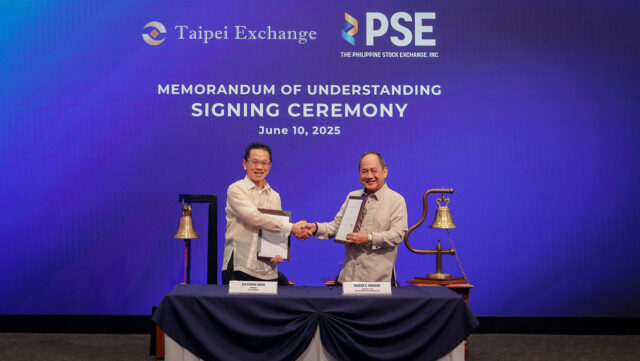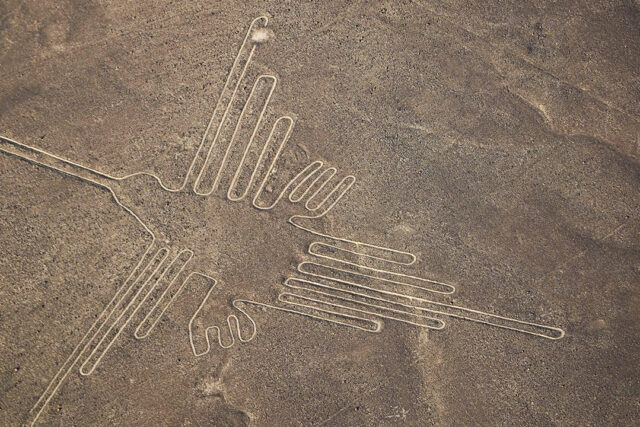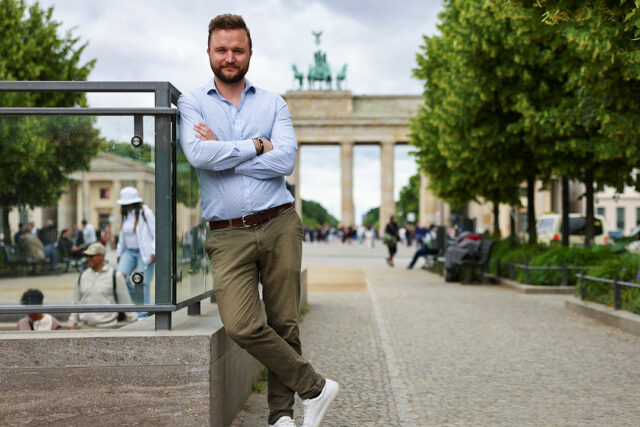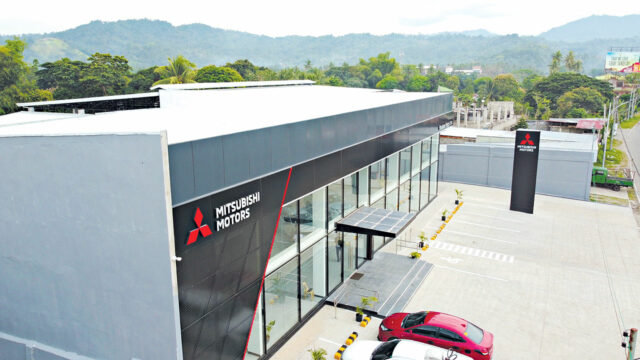Consumer lending seen to sustain momentum
CONSUMER LENDING in the Philippines is expected to sustain its growth momentum as easing inflation continues to boost economic activity, according to global information and insights company TransUnion.
“Lower inflation is creating a more supportive environment for consumer credit growth. We expect to see stronger repayment capacity among existing borrowers and higher demand among new-to-credit consumers, particularly in the small-ticket and revolving credit segments,” TransUnion Philippines President and Chief Executive Officer Peter Faulhaber said.
Philippine headline inflation cooled to an over five-year low of 1.3% in May from 1.4% in April and 3.9% in the same month a year ago, the government reported last week.
This brought the five-month average to 1.9%, a tad below the Bangko Sentral ng Pilipinas’ (BSP) 2-4% annual target band. The central bank expects inflation to average 2.3% this year.
Meanwhile, outstanding loans of universal and commercial banks grew by 11.12% year on year to P13.25 trillion at end-April, the slowest growth in five months, according to the latest BSP data.
Still, consumer loans jumped by 24% to P1.67 trillion as of April, a tad faster than the 23.9% increase recorded a month prior.
TransUnion said both lenders and borrowers, especially credit unserved and underserved consumers, will benefit from the rise in credit activity driven by robust household consumption.
It said that according to its Q1 2025 Consumer Pulse Study, 37% of the Filipinos it surveyed plan to increase their retail purchases — including clothing, electronics, and durable goods — over the next three months, while 29% expect to boost their discretionary spending, or expenses related to dining out, travel, and entertainment.
Increased retail activity will translate to more transactions using credit cards, buy now, pay later (BNPL) services, and small installment loans for these purchases, it added.
“Close to two-thirds (65%) of surveyed Filipinos in the TransUnion Q1 2025 Consumer Pulse Study said that they have used BNPL, citing it was easy to apply as the primary reason for availing the service,” TransUnion said.
Alongside boosting consumers’ purchasing power, easing inflation is also expected to boost household incomes, which could improve their ability to repay their debt, it added.
“TransUnion predicts that lenders with strong risk management strategies may see marginal improvements in early-stage delinquency ratios over the next two quarters.”
It said lenders should use data-driven strategies to help manage credit risks while growing their portfolios.
“At TransUnion, we’re deeply committed to fostering a more inclusive and resilient credit ecosystem. By equipping lenders with advanced analytics and empowering consumers — especially those that are new to credit — we help ensure that more Filipinos can access the financial tools they need to thrive and participate confidently in the economy,” Mr. Faulhaber said.
TransUnion also operates as a comprehensive private credit reference agency in the Philippines, helping clients in various sectors manage their finances. — BVR












